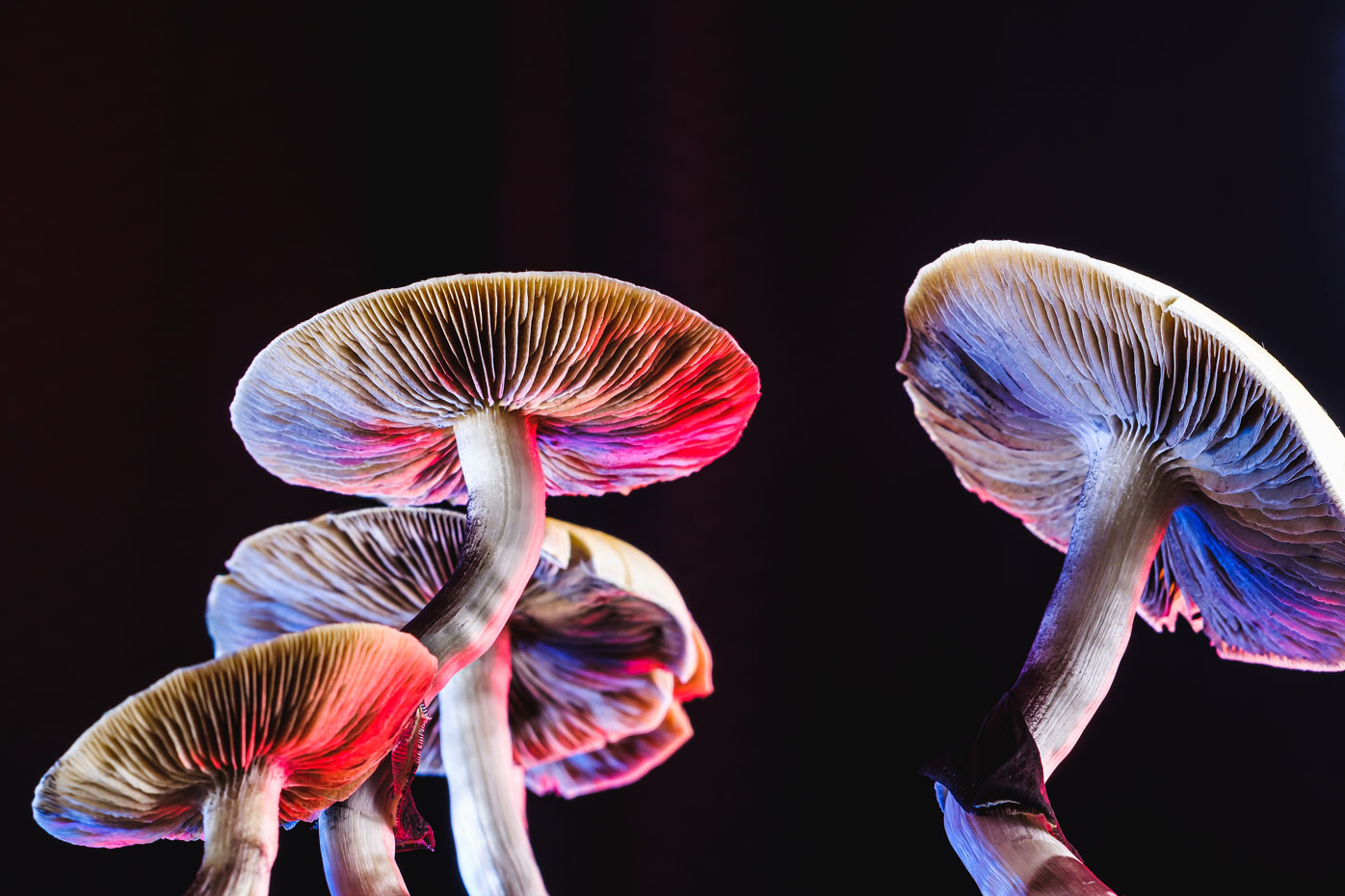Introducing the Good Advantages of Psychotomimetic Agents in Medical Setups
Recent innovations in the application of psychotomimetic agents, such as psilocybin and copyright, in professional setups require a closer assessment of their healing benefits. Arising proof suggests that these substances might play a pivotal function in dealing with psychological health and wellness conditions, consisting of depression and PTSD, by cultivating neuroplasticity and improving restorative involvement. Nonetheless, the complexities surrounding their systems of action and the ethical ramifications of their usage develop a multifaceted landscape that qualities better exploration. What continues to be to be seen is just how these agents can be integrated into well-known therapy paradigms while making certain client safety and security and efficacy.
Comprehending Psychotomimetic Agents
In professional settings, recognizing psychotomimetic agents is necessary for successfully handling their therapeutic and damaging results. These representatives, that include compounds like hallucinogens and certain dissociatives, can considerably change assumption, state of mind, and cognitive processes. A thorough understanding of their pharmacodynamics and pharmacokinetics is essential for medical professionals, as these elements influence both the prospective advantages and risks connected with their use.
Psychotomimetic agents mainly act on neurotransmitter systems, especially serotonin and dopamine pathways (About Golden Psycho). This interaction can cause extensive changes in mental states and experiences, which might be advantageous in regulated restorative contexts yet can also precipitate negative emotional reactions, such as anxiousness or psychosis, if mismanaged. Thus, a nuanced understanding of individual patient elements, including psychological health background and possible medicine interactions, is critical

In addition, the lawful and honest considerations bordering using these representatives require cautious navigating within professional technique. As study remains to discover their potential advantages, it is vital for healthcare professionals to remain enlightened about arising evidence, making sure that patient safety and security and informed approval continue to be at the forefront of any type of restorative program including psychotomimetic agents.
Healing Applications in Mental Health
Among growing interest in different restorative modalities, psychotomimetic agents have become possible therapies for different psychological wellness conditions. Recent research studies indicate that substances such as psilocybin and lysergic acid diethylamide (LSD) might supply significant advantages for problems like clinical depression, anxiety, and post-traumatic anxiety problem (PTSD) These agents show up to promote extensive psychological experiences that can promote emotional breakthroughs and cognitive restructuring.
In scientific setups, psychotomimetic representatives are being checked out as adjuncts to psychotherapy, boosting healing interaction and fostering self-questioning. For instance, psilocybin has shown encouraging lead to treatment-resistant clinical depression, with individuals reporting sustained renovations in mood and a reduction in signs adhering to guided sessions. In a similar way, research study into the application of LSD in restorative contexts recommends that it can assist in alleviating anxiousness connected with terminal ailment, supplying people with a sense of peace and approval.

Additionally, emerging evidence recommends that these substances might promote neuroplasticity, potentially assisting in the recuperation of maladaptive thought patterns. As the stigma surrounding psychotomimetic agents lessens, their integration right into mental wellness therapy paradigms offers an interesting frontier, calling for more investigation and medical exploration.
Systems of Action
The mechanisms of activity underlying psychotomimetic representatives are intricate and complex, including communications with different neurotransmitter systems in the mind. Largely, these agents exert their impacts with inflection of serotonin (5-HT) receptors, especially the 5-HT2A receptor, which plays a vital duty in mediating hallucinogenic experiences. Activation of these receptors influences cortical and subcortical paths, leading to modifications in assumption, state of mind, and cognition.
Additionally, psychotomimetic representatives can influence dopamine paths, significantly in the mesolimbic system, which is linked with reward and motivation. This communication may contribute to both the therapeutic advantages and potential damaging results observed with these substances. There is proof that these representatives can influence glutamatergic signaling, particularly via NMDA receptor animosity, which might enhance synaptic plasticity and promote neurogenesis.
The interplay between these natural chemical systems develops an unique medicinal profile that can facilitate healing outcomes in psychological wellness therapy. Recognizing these mechanisms is essential for optimizing the clinical applications of psychotomimetic Discover More Here agents, ensuring that their use is both secure and efficient in handling various psychiatric problems.
Instance Research Studies and Study Findings
Recent examinations into psychotomimetic representatives have actually yielded substantial understandings via different study and clinical tests. One remarkable study concentrated on the restorative possibility of psilocybin in people dealing with treatment-resistant depression. Individuals reported significant decreases in depressive symptoms that lingered for weeks complying with a single management, highlighting the agent's rapid onset of action contrasted to typical antidepressants.
Another pivotal instance research study took a look at using copyright in individuals with post-traumatic tension disorder (PTSD) The findings showed that people undergoing copyright-assisted therapy experienced marked improvements in their PTSD symptoms, with many attaining remission after numerous sessions. This highlights the relevance of the therapeutic context in maximizing the advantages of psychotomimetic read this post here representatives.
Research has actually additionally checked out the application of ketamine in handling chronic discomfort conditions, with instance reports showing considerable discomfort alleviation and improved lifestyle for people less competent to conventional treatments. These findings jointly illustrate the encouraging function of psychotomimetic representatives in dealing with a series of psychological and somatic problems, leading the way for additional study to define optimal therapy methods and long-term results.
Future Instructions in Therapy
As researchers dive much deeper into the restorative capacity of psychotomimetic agents, encouraging opportunities for future treatment are beginning to materialize. A considerable emphasis is being placed on the inflection of neural circuits linked in psychological health problems. Advancements in neuroimaging methods, such as useful MRI and animal scans, are allowing a far better understanding of exactly how these agents affect brain connectivity and neurotransmitter dynamics. This expertise could bring about targeted treatments that enhance the efficiency of psychotomimetic materials.
Furthermore, the assimilation of psychotomimetic agents right into psychotherapeutic structures, such as cognitive behavior therapy (CBT) or mindfulness-based techniques, is obtaining grip. This mix may harness the representatives' capacity to facilitate psychological processing and self-questioning, thereby boosting healing end results.

Additionally, ongoing study right into the safety and security and honest considerations bordering using psychotomimetic representatives is vital for their acceptance in medical settings. As regulative bodies remain to review these substances, future directions may also consist of the growth of standardized procedures you can try these out and training programs for specialists, making sure liable and reliable application. Jointly, these efforts will certainly play a critical duty beforehand psychotomimetic therapies and enhancing patient care.
Conclusion
In summary, psychotomimetic agents, such as psilocybin and copyright, demonstrate substantial potential in medical setups for dealing with different psychological health problems. Their ability to advertise neuroplasticity and improve restorative outcomes highlights the need of an organized healing setting. About Golden Psycho. Continued research and exploration of their mechanisms of action might additionally validate and expand their applications in mental health and wellness therapy, leading the way for innovative strategies to relieve the worry of problems like depression, anxiousness, and PTSD